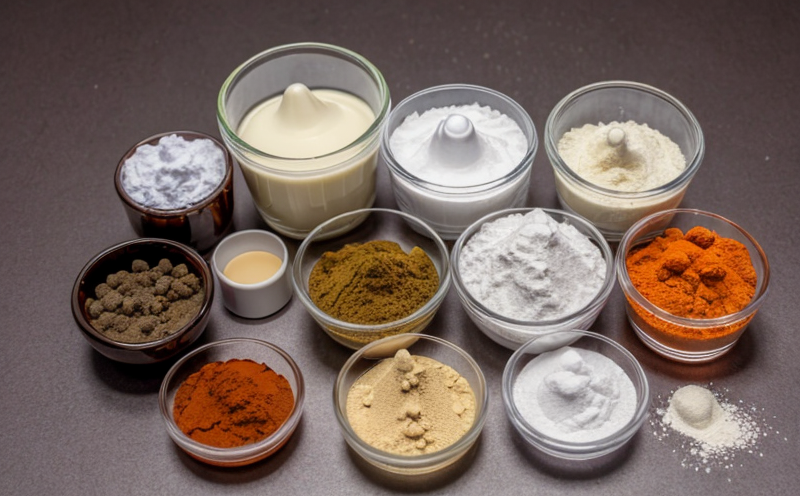Modified Cellulose Substitution Degree Testing
The substitution degree of cellulose is a critical parameter in understanding the chemical composition and structure of modified celluloses. This metric is particularly important in pharmaceutical testing, where excipients play a vital role in ensuring drug stability, dissolution properties, and overall efficacy. Modified celluloses are widely used as diluents, disintegrants, and binders in tablet formulations. The substitution degree refers to the extent to which glucose units within the cellulose chain have been modified by replacing them with other functionalities like alkyl groups or sugars.
Testing the substitution degree of cellulose is essential for quality assurance and compliance. It helps ensure that excipients meet specified standards, thereby ensuring drug safety and efficacy. The testing process involves several steps, including sample preparation, dissolution in appropriate solvents, reaction with reagents to measure the extent of modification, and finally, analysis by chromatographic or spectroscopic methods.
The primary apparatus used for this test includes high-performance liquid chromatography (HPLC) systems equipped with refractive index detectors. These instruments allow precise quantification of the modified glucose units in relation to the native cellulose structure. The method also involves calibration using reference standards that have known substitution degrees, ensuring accurate and reproducible results.
Acceptance criteria for this test are typically defined based on international pharmacopeias such as USP (United States Pharmacopeia) or European Pharmacopoeia (Ph.Eur.). For instance, if a modified cellulose is intended to serve primarily as a diluent, the substitution degree should fall within a specific range that ensures minimal impact on drug dissolution rates. In contrast, for use as a disintegrant, higher degrees of substitution may be necessary to facilitate faster breakdown during tablet processing.
Understanding the substitution degree not only aids in selecting appropriate excipients but also helps in optimizing formulation processes. For example, knowing how much of the cellulose has been modified can influence decisions regarding drying methods or storage conditions to maintain stability over time. Furthermore, accurate substitution degree testing ensures compliance with regulatory requirements and facilitates communication between different stages of drug development—ranging from R&D labs to production facilities.
In addition to ensuring quality control during manufacturing, this test plays a crucial role in research and development activities aimed at discovering new excipients or improving existing ones. By providing detailed information about the structural changes introduced into the cellulose backbone, researchers can better predict how these modifications will affect drug performance under various conditions.
It is worth noting that while HPLC remains one of the most common techniques employed for this analysis due to its precision and sensitivity, alternative approaches like nuclear magnetic resonance (NMR) spectroscopy or Fourier transform infrared (FTIR) spectrometry can also be utilized depending on specific requirements or available resources.
Standardization plays a key role in ensuring consistency across laboratories performing these tests. International standards such as ISO 13962-1:2015 provide guidelines for sample preparation, measurement procedures, and data interpretation. Adherence to these standards helps maintain reliability and comparability of results among different testing facilities.
- Use Cases: Quality assurance during production; optimizing formulation designs; ensuring regulatory compliance;
- Applications: Developing new excipients; improving existing formulations; monitoring quality over time;





